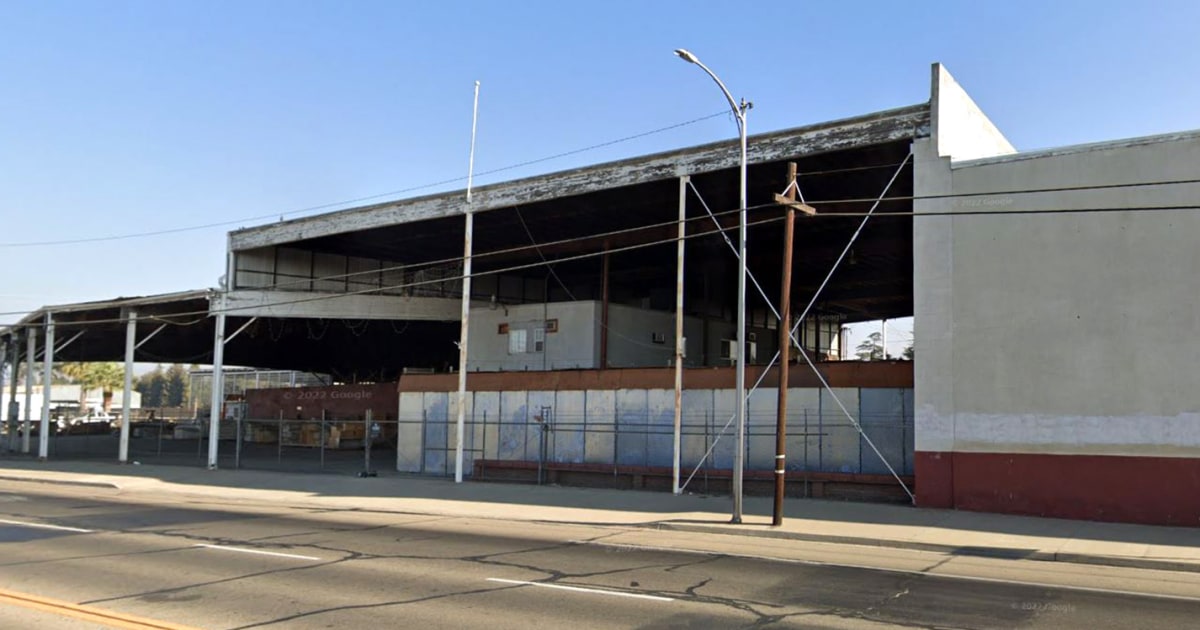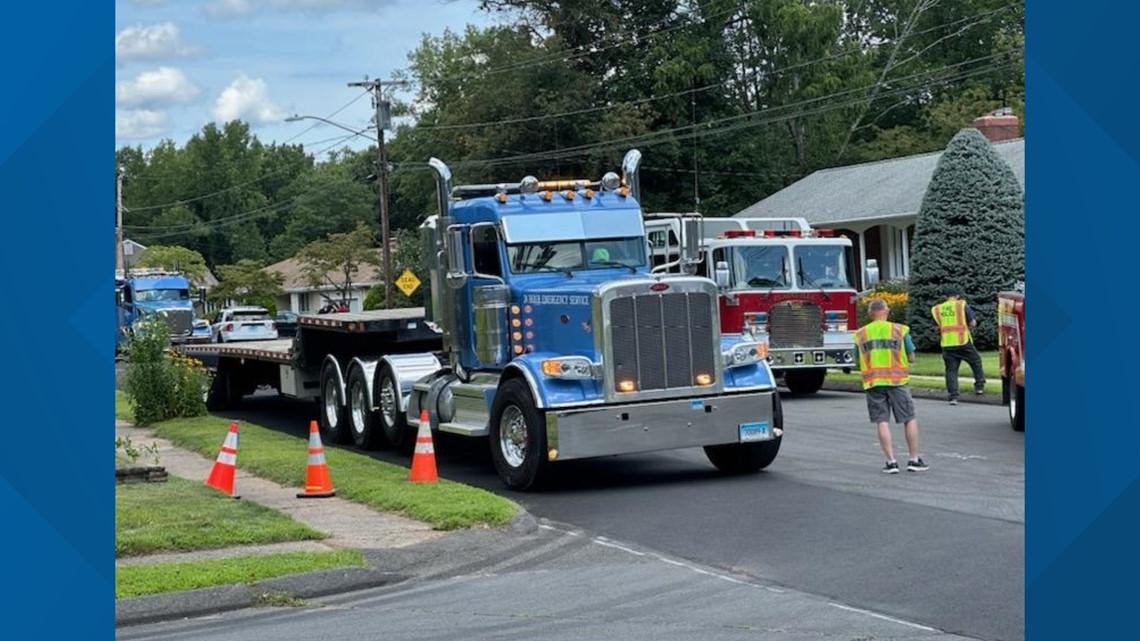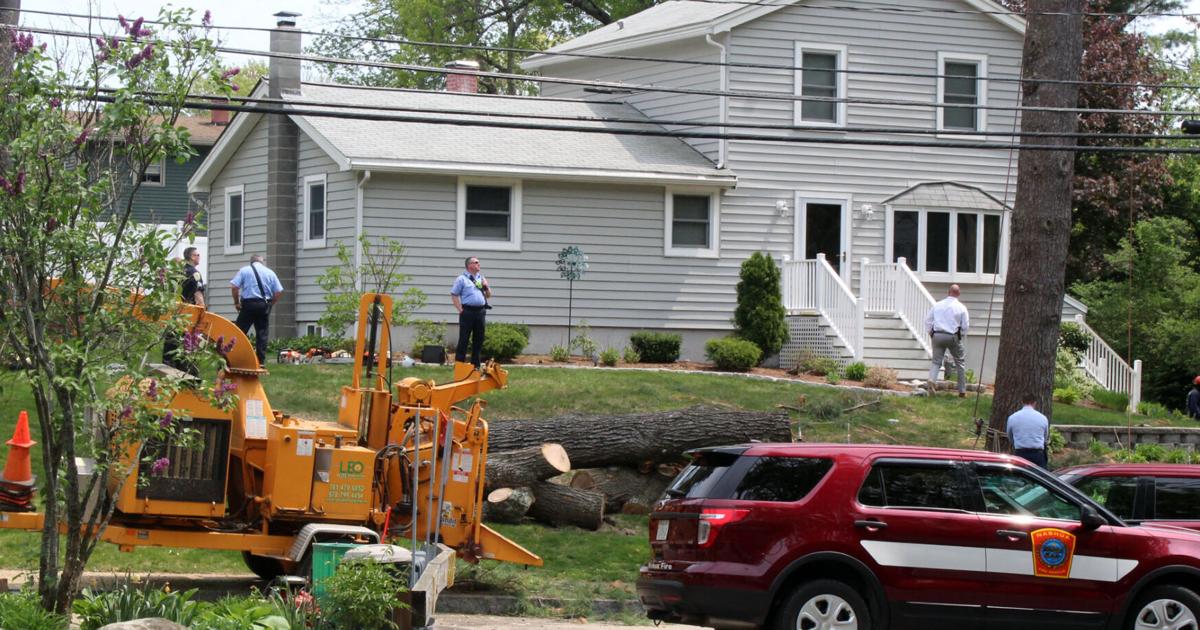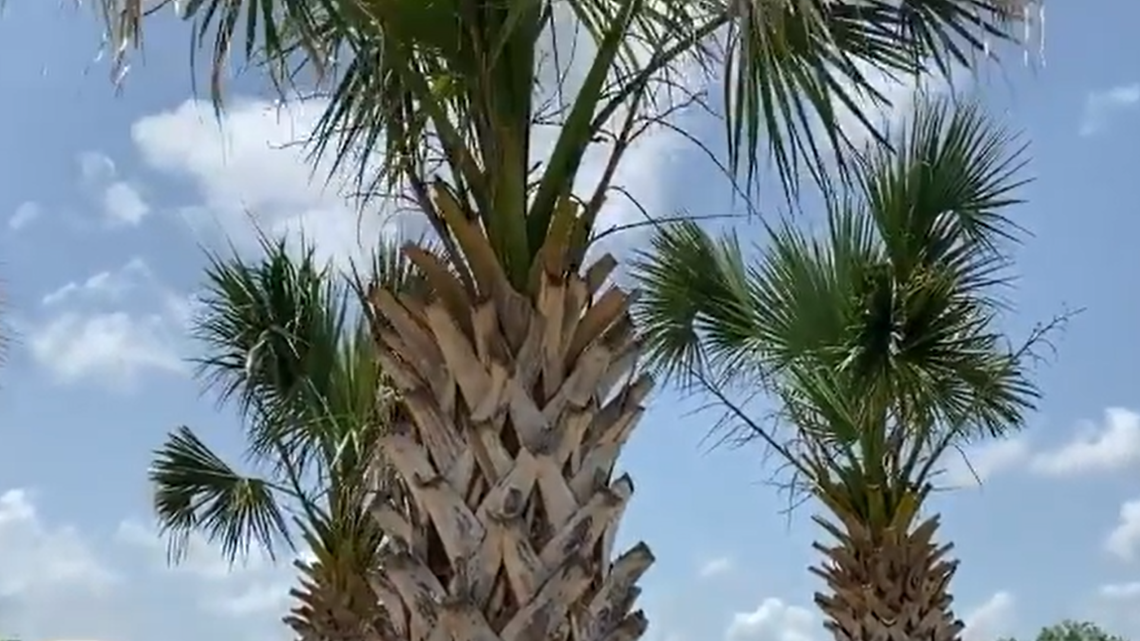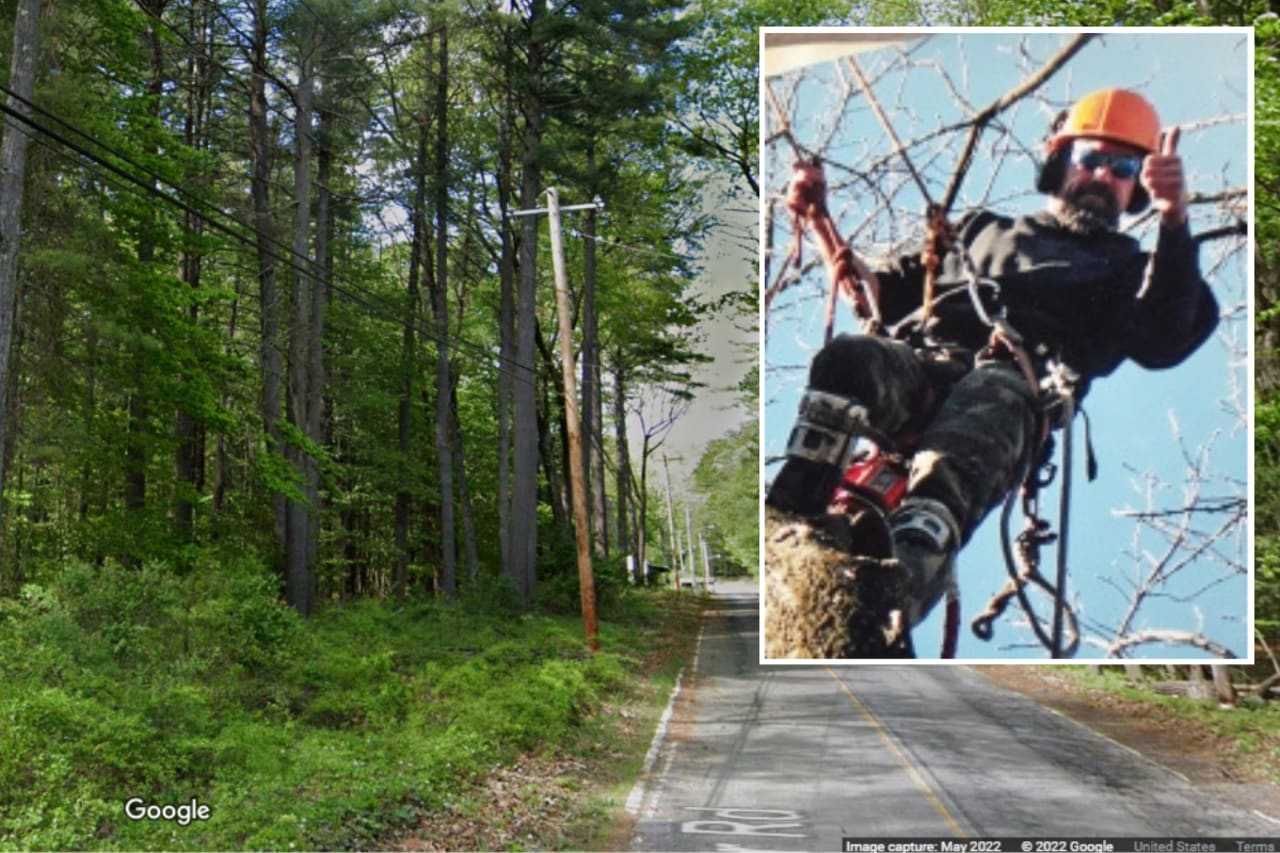The California redwood forests, once heavily logged, now face an even more uncertain future, given climate change and wildfires. A new project aims to promote a healthier environment for the majestic ancient giants.
Reviving the Redwoods
A mission to undo decades of damage to the redwoods of California caused by unchecked logging involves even more logging — and chain saws.
By
Jim Robbins
Photographs by Ian C. Bates
Reporting and photography from Redwood National and State Parks near Orick, Calif.
In what was once an old growth redwood forest that was heavily logged in 1968, a National Park Service forester points to an unruly tangle of spindly trees, 900 to the acre and so jam-packed it is difficult to walk through.
Not far away is a section that was thinned 20 years ago, when the number of trees per acre was reduced to fewer than 300. The redwoods in this area are much larger in diameter and far more robust, the understory greener and more diverse.
“In the untreated forest, trees are not vigorous and are susceptible to stressors — fire, wind and bugs,” said Jason Teraoka, the forester. “But here with more diameter growth and crown growth, it’s a much more vigorous forest and less susceptible to disturbance.”
The thinned forest is part of a project called Redwoods Rising, which is aimed at creating old growth redwood forests for the future. Carried out by Redwood National and State Parks and Save the Redwoods League, a nonprofit, crews are using chain saws and logging equipment and planning prescribed fires, to mimic the traits of a young healthy redwood forest and undo the damage from decades of unbridled logging and indiscriminate reseeding. Treated forest stands, or communities of similar trees like this, researchers believe, will grow into the classic cathedral-like groves of redwoods over the next few centuries.
ADVERTISEMENT
The effort is also a response to a changing world.
“We are trying to restore these forests to be more resilient so they will be able to withstand a hotter and drier climate,” said Ben Blom, the director of stewardship and restoration for the Save the Redwoods League. “The logging left behind a forest that is very unnatural and unhealthy. We’re trying to make these stands as healthy as possible.”
The conservationists and park officials also hope the work will help combat the effects of climate change. Redwoods take up and store more carbon than any other species of tree, largely because they are the world’s tallest — reaching heights of more than 350 feet — and so long-lived. Some are more than 2,000 years old.
From top left, redwood forest restoration work near Orick; Ben Blom, director of stewardship and restoration for the Save the Redwoods League; Jason Teraoka, a forester with the National Park Service; and a relic from old logging practices in Fort Humboldt State Historic Park in Eureka, Calif.
California is home to the world’s only native coast redwood forest, which
extends more than 450 miles from central California north to
ADVERTISEMENT
southern Oregon, and it is heading into a deeply uncertain future. A
recent study found that the redwood forest is drying as temperatures increase. Average summer temperatures in California have risen 3 degrees since the end of the 19th century.
“A lot of worries are centered around whether conditions are going to become so hot and dry the species won’t be able to persist,” said Steve Sillett, a professor of redwood forest ecology at Cal Poly Humboldt in Arcata, Calif., and lead author of the study. “My guess is that it will persist. It will just be shorter.”
Exploring America’s National Parks
The glories of the U.S. national park system draw hundreds of millions of visitors each year.
The California redwoods are a rainforest, born of wet feet and fog-shrouded crowns, the
array of branches and needlelike leaves at the top of the tree.
Climate Forward There’s an ongoing crisis — and tons of news. Our newsletter keeps you up to date.
Get it in your inbox.
As the average and extreme maximum temperatures increase, vapor pressure deficit — essentially the thirstiness of the atmosphere — rises exponentially. As the atmosphere takes up more water, the trees close their leaf stomata, reducing photosynthesis that can cause mortality or dieback.
ADVERTISEMENT
Their height puts many redwoods
at risk because they have to pump water hundreds of feet against gravity and friction.
Hotter droughtsin particular, like those that occurred here between 2012 and 2016, can stress trees to their breaking point.
Wildfires also pose greater risks as conditions become warmer. A goal of the thinning project is directed at giving trees enough room to enlarge their diameter with thicker bark, increasing their fire resistance. The wider spacing also opens up the forest floor to more light, fostering a vibrant ecosystem.
These coastal redwoods are faring better in a changing world than the other California redwood, the giant sequoia, in the foothills of the Sierras farther inland. Fires and insects are taking a toll. “We’ve lost 20 percent of the monarch trees,” Mr. Blom said, referring to the largest of the sequoias. “It is an existential crisis for the sequoias.”
A logger and a redwood; Spencer Stiff, who oversees forest restoration for Save the Redwoods League; redwood logs en route to a mill in the early 20th century.Credit...Swanlund-Baker Collection, Humboldt State University Library; Library of Congress
ADVERTISEMENT
Climate-driven changes in fire are affecting these forests, too. In 2020, lightning sparked a blaze that burned through Big Basin Redwoods State Park. “We saw behavior on that fire that none of us had ever seen in the coast redwood range,” he said. The crowns of many of the coastal redwoods there were destroyed.
The logging of California’s globally singular forest was a free-for-all and 95 percent of the old growth was cut. The coast redwood forest had been publicly owned, but was transferred to private ownership with the Timber and Stone Act of 1878. Individuals could claim 160 acre blocks of ancient redwoods for $2.50 per acre; companies paid individuals to claim them and transferred the acres for a small sum.
Highly prized was the heart of water-resistant redwoods, used to build water-carrying pipeline as large as 16 feet in diameter. Buried for miles or snaked over mountain terrain, the pipes made of interlocking boards called staves bound with metal bands shipped water for mining or to turbines to generate power.
“It had to be clear redwood, no knots, and so that had to be the bottom part of the biggest trees,” said Greg King, author of “The Ghost Forest — Racists, Radicals and Real Estate in the California Redwoods,” a history of the cutting of the forests and the efforts to protect them. “Without the redwood stave pipe, the transformation of the West as an industrial powerhouse would have been much less effectual.”
ADVERTISEMENT
In the 1950s and 1960s, as logging companies, including Georgia Pacific and Arcata Redwoods, zeroed in on the last of the old trees, a clamor grew to save them. Fifty-five years ago, 10,000 acres was set aside to establish the first national park to protect the majestic cathedral-like groves.
Before an adjacent virgin forest of about 90,000 acres owned by the timber companies could be shielded by federal action, they swooped in and ramped up cutting.
“They logged in double shifts and ignored requests from Congress not to log along Redwood Creek,” decimating a lot of the old growth forest planned for the park’s expansion, Mr. King said. “It’s one of the great American tragedies.”
Now, the protected land includes one national park and three California state parks totaling nearly 132,000 acres, although the logging reduced the old growth to about half the designated area.
The Redwoods Rising thinning project, which began in 2020 and involves an annual budget of $10 to $12 million, is also tackling the aftermath of unbridled helicopter reseeding by the timber industry that created the choke of subsequent redwood and Douglas fir forests of today.
Dr. Sillett complimented the league’s restoration efforts. “Their focus has been on young, overstocked forests,” he said. “Thinning these makes great ecological sense as it promotes size growth in retained trees.”
The author Greg King; the Redwood National and State Parks near Orick; an old Humboldt Crossing, makeshift bridges cobbled from knocked-down trees and covered with dirt.
Not all researchers believed that this method of thinning was the best way to manage these forests. In a recent paper, Will Russell, a professor of environmental studies at San Jose State University, argued that removing large numbers of trees can compact the soil, invite invasive species and open up the canopy, which leads to higher temperatures.
Simply leaving the tracts alone, he said, makes more sense and will eventually result in a healthy redwood forest, even though it takes longer. “Lots of little sprouts can make people nervous because of the density of small trees that are there,” Dr. Russell said. However, “redwoods over time will overtop those and phase them out and the Douglas fir will eventually diminish in terms of their dominance. That can take a long time in human terms, but in the stands I’ve studied somewhere around 60 to 80 years is kind of a tipping point.”
Overgrown forests aren’t the only legacy of logging. Bulldozers carved up the landscape, leaving giant stumps and deep road scars behind. “Every tree had a road to it,” said Neal Youngblood, a geologist with the National Park Service who is overseeing road removal. “They had roads everywhere. Every creek had roads going up both sides.”
And over them. “Humboldt crossings happened all over redwood country,” said Spencer Stiff, the operations manager for the league. The crossings refer to the makeshift bridges cobbled from trees knocked down by bulldozers and covered with dirt that allowed trucks and other equipment to straddle the creeks. Left there long after logging ended, the crude pathways are crumbling, bleeding sediment into the creeks and destroying fish habitat.
Some 22 miles of roads have been reclaimed in the parks as part of the project, and 300 miles remain for removal or treatment.
Salmon once swam upstream from the Pacific Ocean and into the redwood forests in large numbers to spawn, but the destruction of these streams by the logging industry has contributed to plummeting salmon populations in the region, prompting the cancellation this year of sport and commercial salmon fishing season off the coast of California.
In turn, the absence of spawning salmon has affected growth of these giants. “Salmon came up and died and fertilized the forest,” Mr. Blom said. “A high proportion of the nitrogen in a redwood tree came from the ocean.”
From top left, Neal Youngblood, a Redwood National Park geologist; excavators worked to remove old concrete and clear the original channel of a stream once blocked by a lumber mill; the mouth of the Klamath River, seen from Redwood National and State Parks; Barry McCovey Jr., the Yurok Tribe Fisheries director.
Salmon have been spotted returning to reclaimed streams.
The logging wrecked miles of streams on the Yurok Tribe’s reservation and its ancestral lands. “They would drag massive trees with heavy equipment down a creek bed and that would completely destroy it,” said Barry McCovey Jr., the director of the Yurok Fisheries Department.
Reforesting by tribal members will help stabilize the banks of the waterways, reducing the sediment load and reviving the streams and the runs of salmon and steelhead trout that Mr. McCovey says are central to the tribe’s traditional diet.
“The redwood forest provides shade that keeps the water cool,” he said. “It provided large wood so when the trees fall and die they go into the stream and slow it down to create meanders and fish habitat.”
Redwood logging these days is a far cry from what it was. The clear-cutting of ancient trees has ended, although researchers say the current practice of logging second- and third generation redwoods still poses environmental problems. “It’s vastly better,” said Mark Andre, a forestry consultant and manager of the Arcata Community Forest, which carries out sustainable logging. “In terms of impacts to fish and wildlife, there’s no comparison.”
There are other ways to help ensure a future for the redwoods. Dr. Sillett proposes identifying “potential elder trees,” or second-growth redwoods, that have the best characteristics to become sky-scraping titans with vast, complex branches in their crown.
Hosting the greatest share of biodiversity, the crowns provide a home for large fern mats, the small ecosystems that can weigh hundreds of pounds and hold up to 5,000 gallons of water. Ferns, lichen and moss grow in them, and salamanders, spotted owls and bats reside in the trees.
The endangered marbled murrelet, an unusual brown and white oceangoing bird, lives at sea eight months of the year and only comes to land to nest, often in the branches of the redwood — where it lays a single egg. Its numbers have also declined due to logging and wildfires.
“We can identify these exceptional trees and promote them — by removing the competition,” Dr. Sillett said. “It’s about creating a tree that’s going to last for a thousand years, allowing a tree to reach its potential.”
Image



